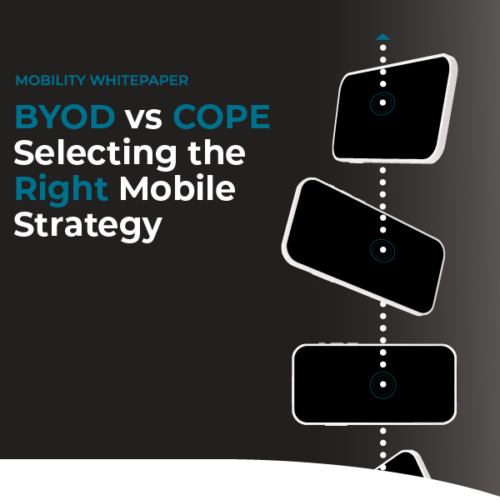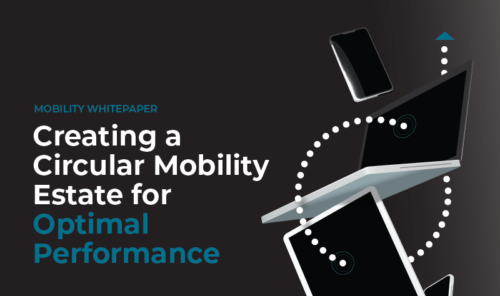BYOD vs COPE: Selecting the Right Mobile Strategy
While traditionally seen as a resource for large enterprises, managed mobility services offer significant advantages for mid-sized businesses as well. This whitepaper explores the benefits of managed mobility services for mid-sized organizations, providing insights on how they can leverage these services to scale efficiently, manage labor costs, and foster innovation.









